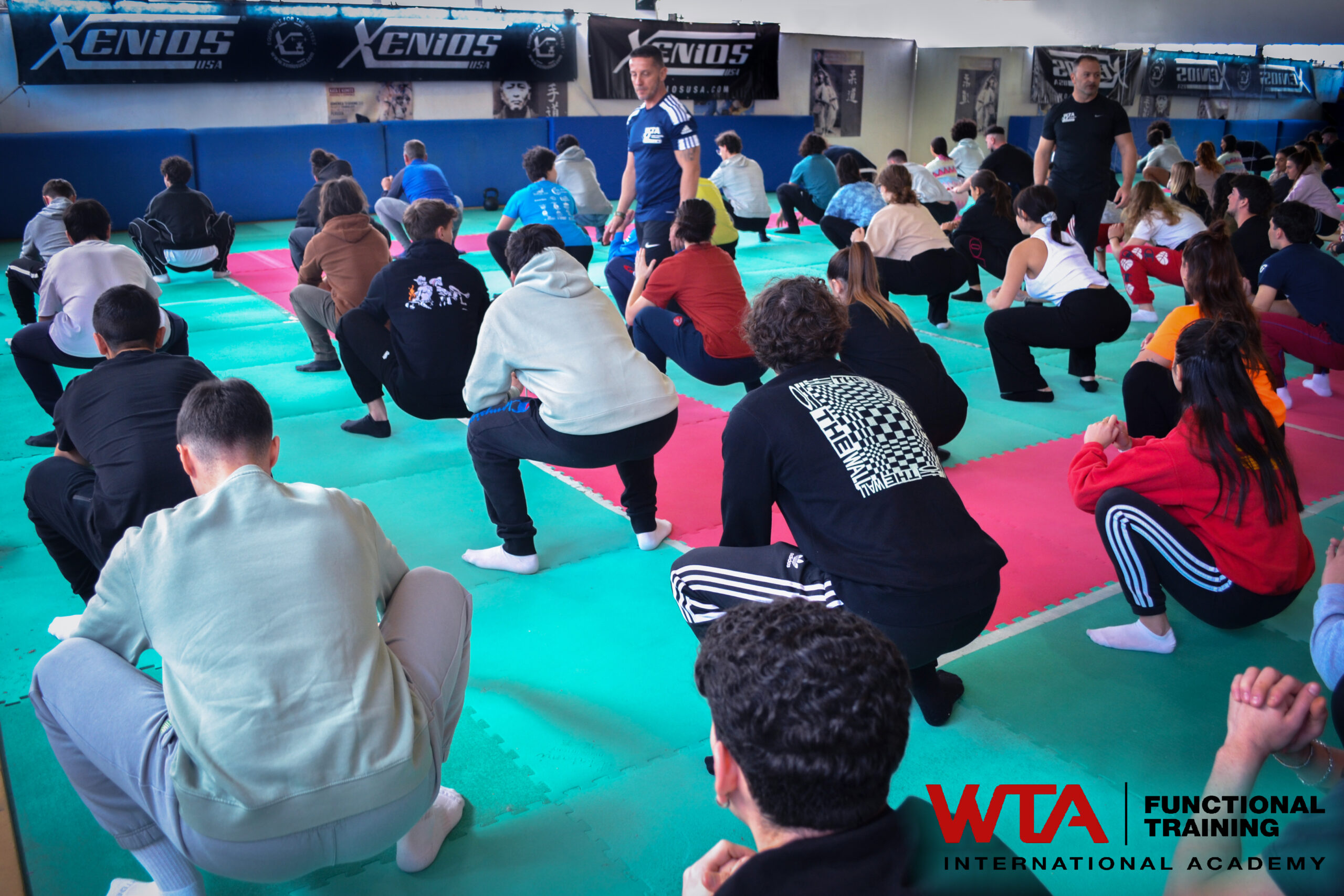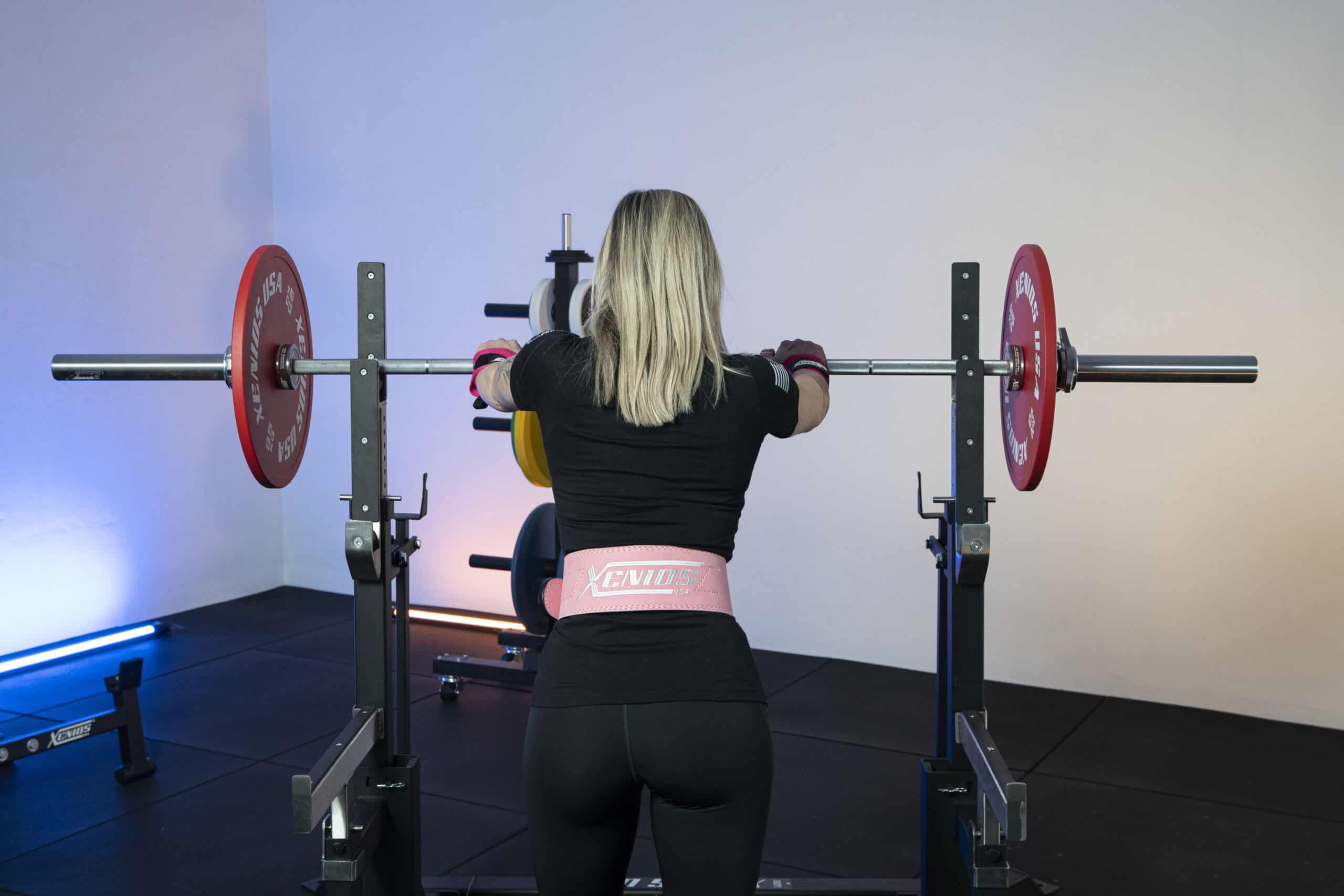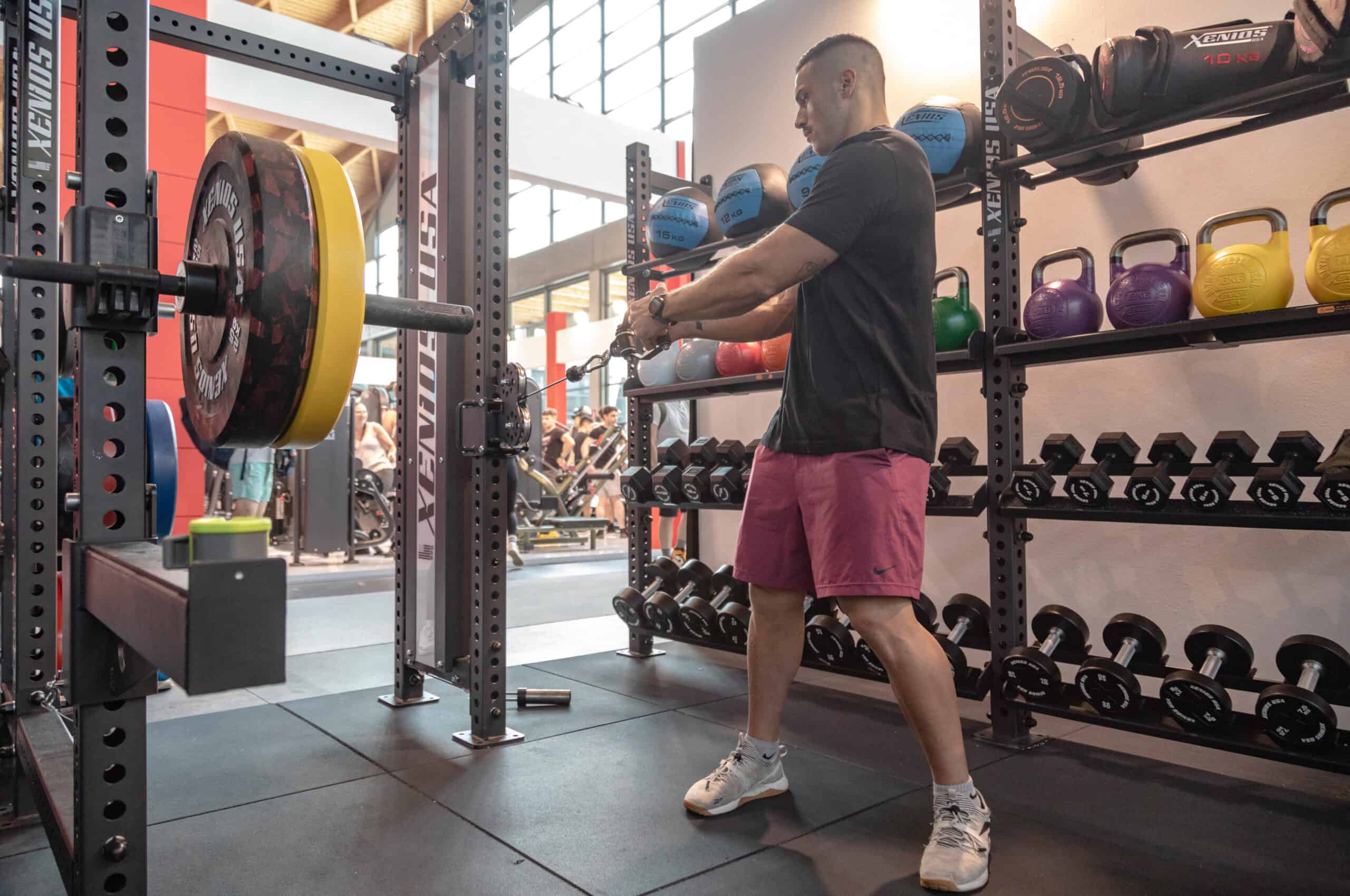Functional training is a specialized fitness approach that emphasizes the performance of natural body movements, which are very useful for working on musculature, even in a deeper way, aiming at defining it without adding excessive bulk.
Functional training encompasses a set of exercises that work the entire body, targeting every muscle group. This is because, much like daily life, functional training mimics movements that are commonly performed in everyday activities.
How to create a functional training workout plan
To create a good functional training program, it’s important that the program is diversified; this is advantageous for creating new combinations and stimulating the athlete’s body schema, making it more active and effective.
To create a training program optimally, you should consider certain conditions regarding the athlete and their surroundings.
Certainly, a first factor to consider is the individual’s physical condition when they decide to engage in this type of training. However, the goals one wants to achieve by starting these exercises are also important.
In addition to the physical condition, it will be necessary to understand the individual’s functional abilities and the needs they have when choosing this type of training.

However, in any program you choose to create, it’s important to keep in mind that functional training aims to improve strength, but especially endurance, focusing particularly on stabilizer muscles, which are responsible for maintaining an upright posture, such as the lower back and abdomen.
Indeed, the ability of these training programs to work on multiple muscle groups simultaneously allows for improved balance and coordination. One should not expect to develop “bulging” muscles with this type of training, because it seeks a balance between strength and flexibility, as well as joint mobility.
The exercises that are typically included in any program are generally characterized by movements that occur naturally in everyday life and, just because they are natural, they almost never involve isolated muscle groups but rather engage multiple groups together.
The movements include pushing, pulling, walking, bending at the legs, twisting, and maintaining balance. Corresponding exercises could be squats, lunges, presses, planks, lifts, and many others.
How to perform a functional training? A total body workout plan
You always begin the training with an appropriate general warm-up. In this case, the chosen exercises and repetitions aim for metabolic and strength training, so some equipment will also be used.
In the initial warm-up phase, you will focus on joint mobility (movements like the scissor cross, frog routine, …), and you’ll also aim to activate the core with a 4-minute tabata program (which will include exercises like planks, crawling walk, …).
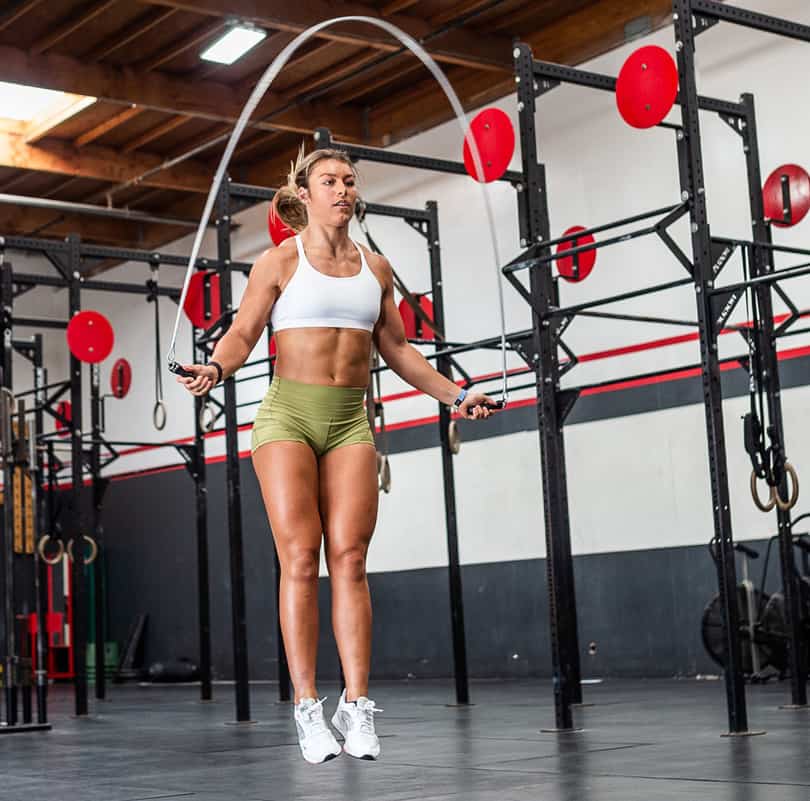
Then, you move on to endurance strength training and metabolic training: for endurance strength, you can incorporate equipment like kettlebells or a pull-up bar; for metabolic training, it involves more running, speed drills, and the use of a barbell, among other activities.
Finally, it’s crucial to include a cool-down phase, which typically involves stretching and using equipment like a stationary bike.
This training program can be performed on consecutive days, due to its variability; it is important to vary exercises and movements to activate different muscles and body parts.
Create your own functional training program
Based on what has been said so far, you might be able to create a training program independently, knowing at least what kind of factors need to be considered, on what basis to choose the exercises to include, and what goals to pursue.
The choice of doing bodyweight exercises or using various types of equipment will depend on individual preferences, the need to increase the level of difficulty, and the type of movement you want to perform.
Common exercises to include in your functional training programs are: jump rope, with its benefits in terms of energy consumption and, consequently, weight loss, improvement in metabolic parameters, enhancement of cardiovascular and respiratory activities, …

Another group of exercises could involve alternating squats and lunges during a walk: in this case, in addition to the inherent benefits of walking, you add functional benefits for toning your glutes and leg muscles.
You can easily incorporate a swing movement, an exercise that engages the muscles of the core and abdomen, therefore types of movements that improve the stability of the body.
In addition to these, there are many other types of exercises that can be included in these programs. The unique aspect of functional training is that it can be combined with other sports activities, especially those that enhance physical responses and improve performance.



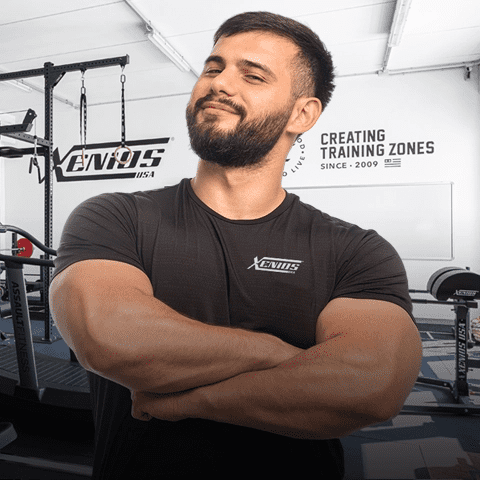
 Since 2009, we’ve been by your side, helping you create the perfect training spaces for Cross Training Boxes, Personal Trainer Studios, and professional Home Gyms.
Since 2009, we’ve been by your side, helping you create the perfect training spaces for Cross Training Boxes, Personal Trainer Studios, and professional Home Gyms.
